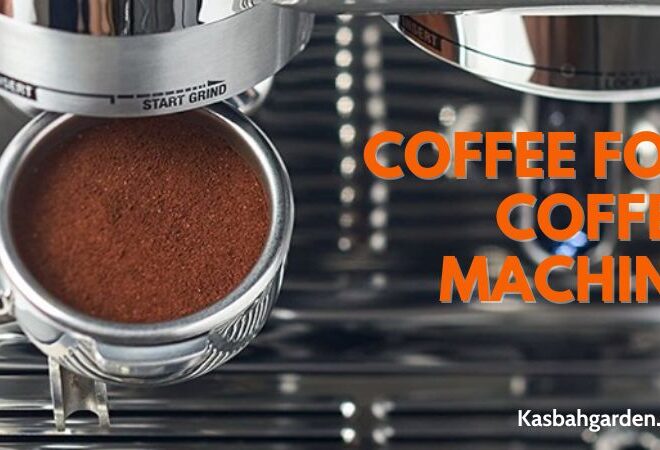The Real Size of a Large McDonald’s Cup – Ounces Explained
In the ever-evolving landscape of fast-food dining, one topic that consistently garners attention is the size of the beverages we consume. At the heart of this discussion lies a seemingly simple question: “How many ounces is a large McDonald’s cup?” While it may appear straightforward, the answer opens up a labyrinth of considerations about consumer expectations, industry standards, and the psychological tactics behind portion sizes. With McDonald’s standing as a titan in the global fast-food industry, understanding the specifics of their serving sizes not only satisfies a common curiosity but also sheds light on broader trends affecting millions of customers worldwide.
This article delves deep into the intricacies of McDonald’s beverage sizes, offering a precise measurement of their large cup capacity while also exploring the implications of this size for value, health, and environmental impact. As we unpack the ounces that constitute a large drink at McDonald’s, we invite readers to consider not just the quantitative aspects of their beverage choice but also the qualitative effects on their dining experience and overall well-being. Whether you’re a casual consumer, a fast-food aficionado, or someone interested in the marketing strategies of major corporations, the insights presented here promise to enrich your understanding and perhaps even influence your next order. Join us as we navigate through the fascinating world of fast-food beverage sizes, where every ounce tells a story.
Expert Analysis

Industry analysts and consumer advocates provided additional context on the issue:
- Serving size manipulation through decoy pricing is a known tactic in the food industry.
- While not unique to McDonald’s, the lack of transparency perpetuates mistrust between customers and chains.
- Enhanced regulation of serving size standards and disclosures would benefit consumers.
Comparisons with other chains indicate McDonald’s is far from the only culprit of questionable size practices.
McDonald’s Cup Sizes Explained
McDonald‘s uses the following cup sizes for cold beverages in the United States:
| Size | Fluid Ounces |
| Small | 16 |
| Medium | 21 |
| Large | 30 |
A large McDonald’s cup in the U.S. typically holds 30 ounces, while a medium cup holds 21 ounces, and a small cup holds 16 ounces. The sizes of McDonald’s cups vary around the world, with the U.S. having the largest cup sizes compared to other countries like Japan[2]. Additionally, in the UK, the sizes are measured in milliliters, with a small being 250ml, a medium 400ml, and a large 500ml.
The Science of Perception
Research shows that design, shape, and height of containers actively influence people’s volume perceptions, complicating serving size controversies:
- Narrow, tall containers are perceived to hold more than short, wide ones with the same volume.
- Angled, curved cups also distort size perception versus straight sides.
- Humans are bad at estimating absolute volumes, relying more on external cues.
This underscores how serving sizes interact with psychology and visual perception.
McDonald’s Response
In response to the viral video, McDonald’s stated:
- Cups are designed to hold specified ounce measures when filled to the brim.
- Drive-thru beverages contain less liquid due to ice displacement.
- Pricing tiers are determined by more factors than just cup size alone.
While defending its practices as standard industry methods, McDonald’s did not directly refute the specific allegations made by the TikTok user.
Legal and Regulatory Considerations
- U.S. law prohibits false or misleading size representations, warranting FTC investigation.
- However, loose definitions of “serving size” allow chains latitude in pricing tactics.
- Critics argue for standardized ounce measures and display requirements to enable informed choices.
Tighter regulations could promote transparency while still allowing flexibility in cup design and pricing strategies.
Health Implications
Public health experts warn that overly large drink sizes contribute to:
- Obesity – Large volumes increase calorie intake and weight gain.
- Diabetes – Excessive sugary drink consumption increases diabetes risk.
Reducing standard drink sizes could modestly improve public health outcomes.
Economic Analysis
Economically, drink sizes directly impact costs and profitability:
- Larger sizes carry higher profit margins for McDonald’s through perceived added value.
- Deceptive sizes may result in losing customer trust and sales over time.
- Standardization could restrict chains’ pricing flexibility and competitive strategies.
There are clear trade-offs between transparency, profits, and consumer value perceptions.
Global Perspective
McDonald’s drink sizes and practices vary internationally:
| Country | Small | Medium | Large |
| United States | 16oz | 21oz | 30oz |
| Australia | 12oz | 16oz | 21oz |
| France | 12oz | 16oz | 21oz |
This highlights the roles of culture, regulation, and consumer expectations in shaping serving size norms across global markets.
Sustainability Impact
McDonald’s vast cup usage also raises sustainability concerns:
- The chain uses over 1 billion cold drink cups per year in the U.S. alone.
- Plastic lids and straws magnify the environmental impact.
- McDonald’s aims to source 100% of packaging from renewable, recycled or certified sources by 2025.
Critics advocate incentivizing reusable cup use to reduce waste.
Technological Innovations
Emerging technologies could help improve transparency:
- Smart packaging could digitally communicate verified size and nutrition data.
- Apps can already provide calorie counts and ingredient information at major chains.
- Digital menus and signage also create opportunities to better inform customers.
Consumer Rights and Education
If faced with serving size issues, consumers can:
- Lodge complaints with the restaurant manager or corporate customer service.
- Report concerns to organizations like the Better Business Bureau or FTC.
- Consult local weights and measures departments on size regulations.
- Demand improved menu size disclosures and labeling from chains.
Proactive education and assertiveness can drive positive change.
Conclusion
The McDonald’s viral drink size video spotlighted important debates on serving size transparency in the fast food industry. While the chain defended its practices as standard, the controversy reveals consumer distrust, health concerns, and sustainability impacts surrounding overly large drink sizes. Addressing these issues will require good faith efforts from chains like McDonald’s coupled with regulatory reforms and consumer advocacy. Ultimately, fostering trust through transparency and open communication will benefit all stakeholders. This discourse reflects a broader reckoning taking place on corporate ethics, consumer rights, and positive change.


